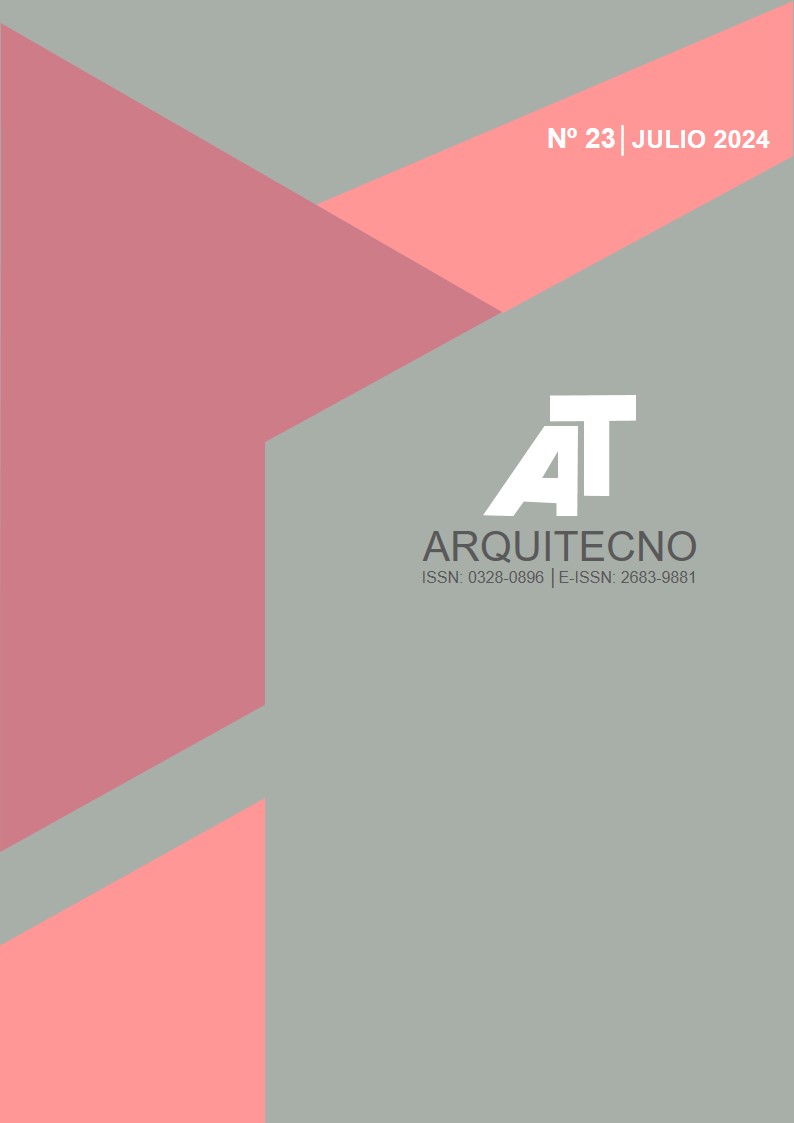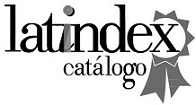The Technological Transposition applied to the analysis of architectural production
DOI:
https://doi.org/10.30972/arq.237665Keywords:
Sustainable architecture, Vitruvio, Processes that generate processes, Technological approach, BiomimeticsAbstract
The development and testing of a method of analysis and interpretation of works of architecture incorporating the technological dimension is presented, applying an unprecedented analysis tool: the “Technological Transposition”. The proposal is based on the absence of a method of technological analysis of current architectural production. Likewise, the need to have an architectural analysis tool that responds to the complexities of the great architectural works of the third millennium is raised. Based on Vitruvius' triadic proposal (utility, firmness and beauty) underlying every work of architecture, notions of technological thinking, creative thinking, complex thinking, technological transfer and technological innovation are applied, complemented with sustainability in architecture. In this way, applying the so-called technological transposition mechanisms, a strategic analysis methodology is developed - also applicable to design - of the architectural work.
References
BRUNDTLAND, Gro Harlem et alt. (1987): Informe de la Comisión Mundial sobre el Medio Ambiente y el Desarrollo “Nuestro Futuro Común”. Decisión 14/14, 14° Período de Sesiones. Asamblea General de las Naciones Unidas. Nairobi (Kenia), 8 al 19 de junio de 1987.
HERNÁNDEZ SAMPIERI, Roberto, FERNÁNDEZ COLLADO, Carlos y BAPTISTA LUCIO, María del Pilar (2014): Metodología de la Investigación. México (D. F.): Fondo de Cultura Económica
VEDOYA, Daniel E. (2014): La Transposición Tecnológica. Introducción a la génesis de los procesos tecnológicos – Saarbrücken (Alemania): Editorial Académica Española.
VITRUVIO POLION, Marco Lucio (1995): Los diez libros de Arquitectura. Madrid (España): Alianza Formas
Published
How to Cite
Issue
Section
License

This work is licensed under a Creative Commons Attribution-NonCommercial 4.0 International License.
Los autores ceden a Arquitecno los derechos de publicación de sus trabajos, toda vez que hayan sido admitidos como parte de alguno de sus números. Ellos, no obstante, retienen los derechos de propiedad intelectual y responsabilidad ética así como la posibilidad de dar difusión propia por los medios que consideren.





52.jpg)
